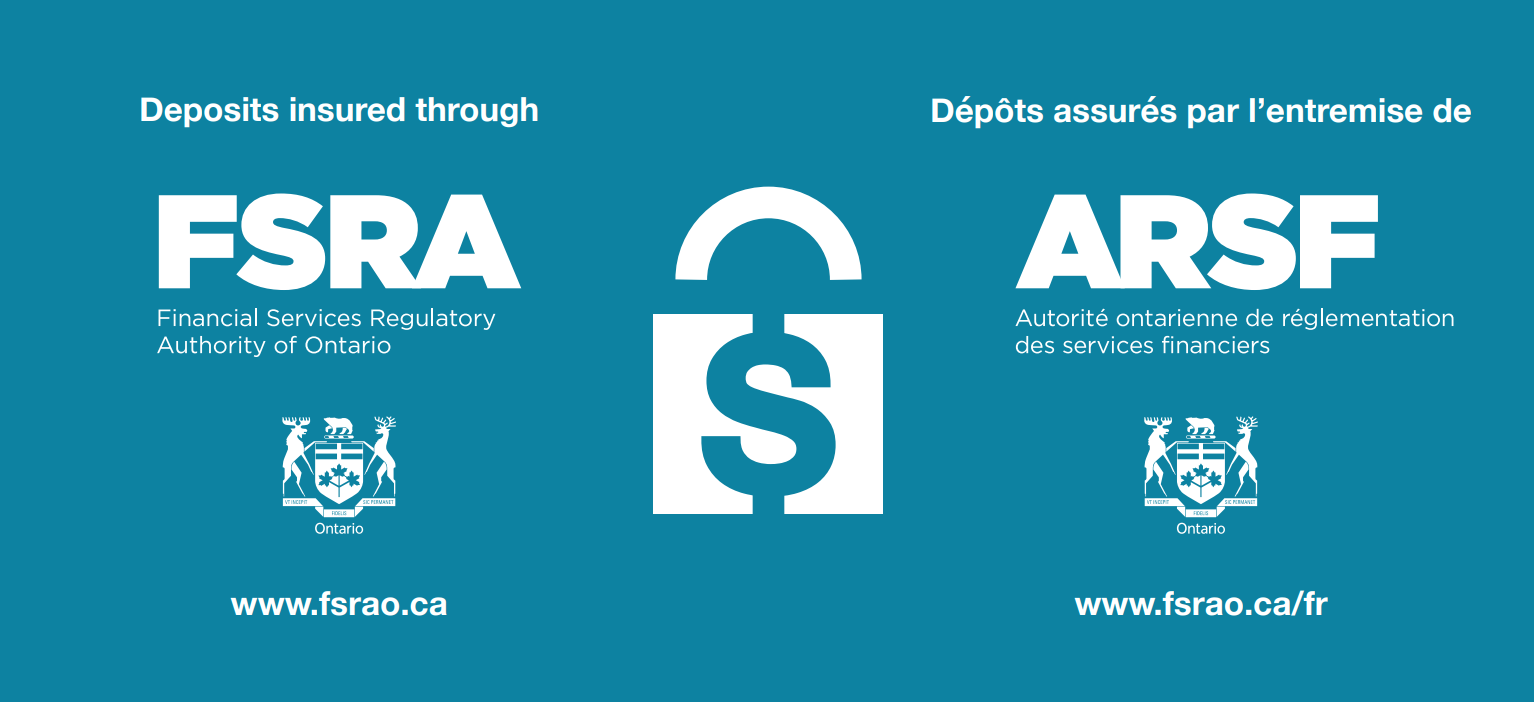We will reclassify your member account as inactive if you have not initiated any transactions for 12 months. This applies only to demand accounts, such as Perfetto., and not to these account types:
-
Personal loan or mortgage
-
Investment or tax deferral plans, such as term deposits, TFSA, RRSP, RRIF, RESP or RDSP
-
Founding Member Shares and/or Investment Shares
-
Held for mutual fund investments or guarantor for a lending facility (Member share only)
An account will become dormant if there have not been any member-initiated transactions for 24 months.




